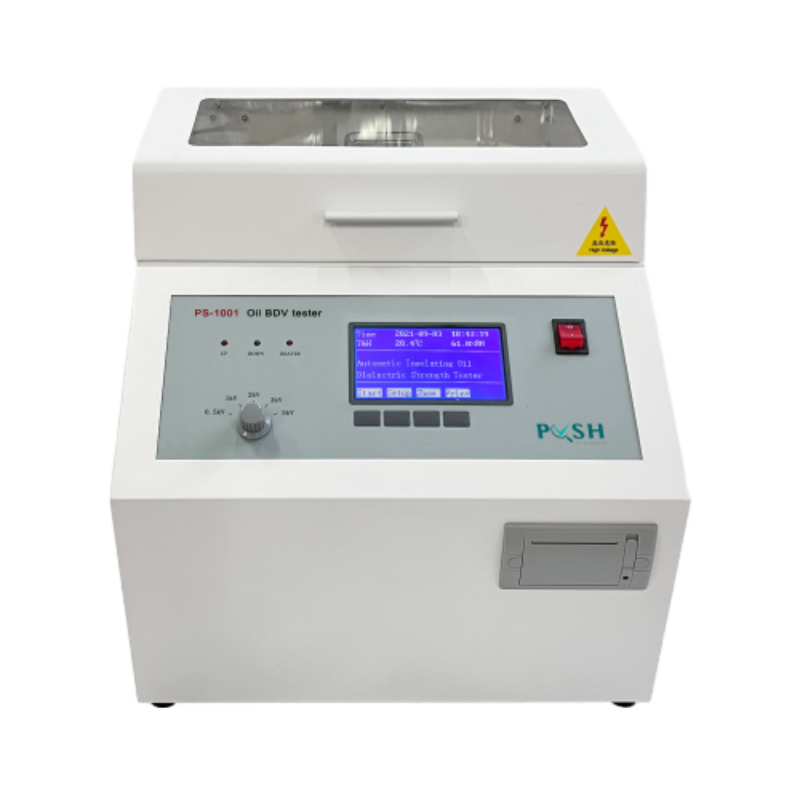 English
English


Evaluating Transformer Performance through TTR Percentage Testing Method
Understanding the TTR Test of Transformers A Critical Assessment
In the realm of electrical engineering, ensuring the reliability and longevity of transformer systems is paramount. One method that has garnered attention in evaluating transformer health is the Transformer Turns Ratio (TTR) test. This article delves into the fundamentals of the TTR test, its significance, and its practical implications in transformer maintenance.
What is the TTR Test?
The Transformer Turns Ratio (TTR) test is a diagnostic procedure used to measure the ratio of the number of turns in the primary winding versus the secondary winding of a transformer. This ratio is pivotal because it directly influences the voltage transformation between the primary and secondary sides. An ideal transformer will maintain this ratio regardless of load conditions. The TTR test helps to confirm that the transformer is operating correctly and that there are no internal faults or inconsistencies.
Significance of the TTR Test
1. Detection of Faults One of the primary advantages of the TTR test is its ability to identify potential faults within the transformer. Discrepancies in the turns ratio may indicate issues such as winding short circuits, open windings, or insulation failures. Early detection facilitates proactive maintenance and helps prevent costly transformer failures.
2. Operational Integrity Maintaining the correct turns ratio is crucial for the transformer to operate efficiently. An incorrect ratio can lead to voltage imbalances, resulting in equipment malfunctions and reduced system reliability. The TTR test ensures that the transformer operates within its designed parameters.
3. Assessing Transformer Condition The TTR test is a valuable tool in assessing the overall health of the transformer. Regular testing can reveal trends in performance and assist in the predictive maintenance of transformers, thereby extending their operational life.
4. Compliance and Standards Many regulatory standards require routine testing of transformers. The TTR test can serve as a compliance check, ensuring that transformers meet industry standards and safety regulations.
ttr test of transformer

Practical Implementation of the TTR Test
Performing the TTR test involves using specialized equipment known as TTR testers. The process typically consists of the following steps
1. Preparation Before conducting the test, isolating the transformer from the electrical supply is essential. Safety protocols should be observed to prevent electrical hazards.
2. Connection The TTR tester is connected to the transformer’s primary and secondary windings. It applies a voltage and measures the resulting current to calculate the turns ratio.
3. Data Analysis The recorded data is compared against the manufacturer's specifications and historical records. Any deviations can be analyzed to determine the underlying issues.
4. Reporting After analysis, a report summarizing the findings is generated. This report is crucial for maintenance records and future reference.
Conclusion
In conclusion, the TTR test of transformers is an indispensable tool in the field of electrical engineering. By providing a straightforward yet effective method for assessing the turns ratio, it aids in the detection of faults, ensures operational integrity, and aligns with compliance standards. Incorporating regular TTR testing into transformer maintenance schedules not only enhances the reliability of electrical systems but also contributes to their cost-effectiveness by preventing unforeseen failures. As electrical systems continue to evolve and play a critical role in various sectors, the significance of the TTR test and its role in ensuring transformer health cannot be overstated. Investing in this testing method is truly an investment in the future of stable and secure energy distribution.
-
Differences between open cup flash point tester and closed cup flash point testerNewsOct.31,2024
-
The Reliable Load Tap ChangerNewsOct.23,2024
-
The Essential Guide to Hipot TestersNewsOct.23,2024
-
The Digital Insulation TesterNewsOct.23,2024
-
The Best Earth Loop Impedance Tester for SaleNewsOct.23,2024
-
Tan Delta Tester--The Essential Tool for Electrical Insulation TestingNewsOct.23,2024





